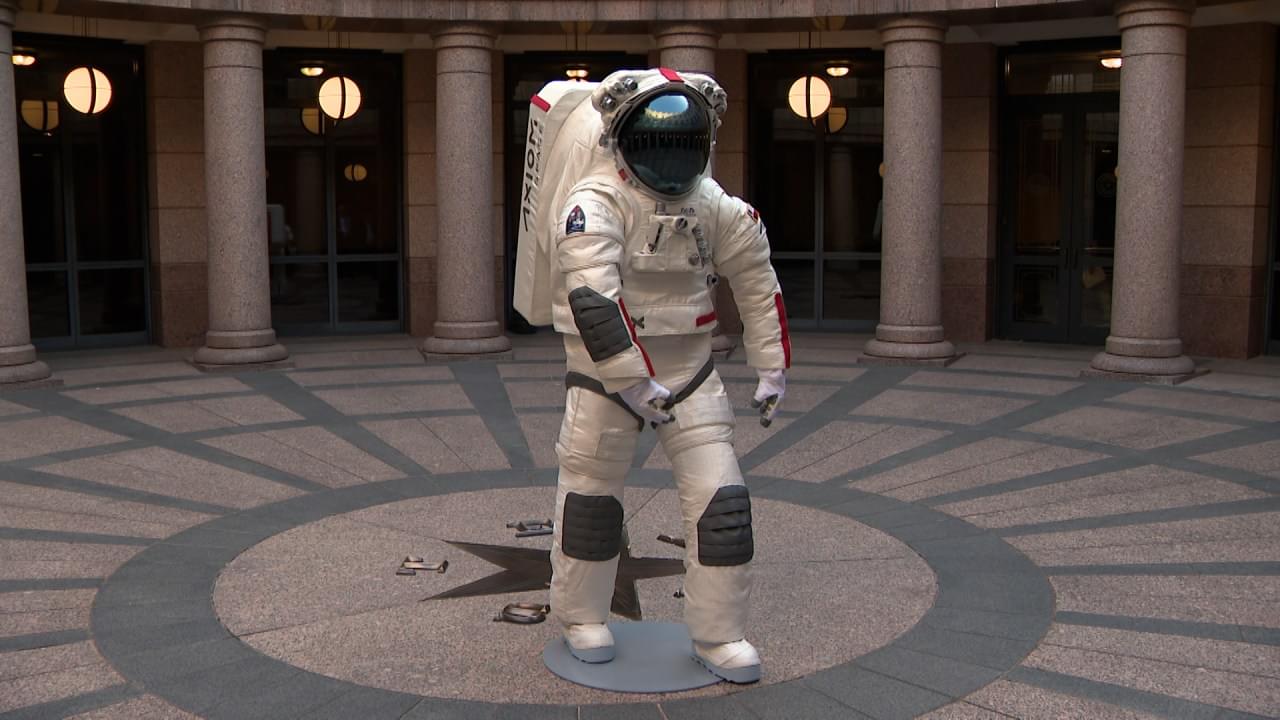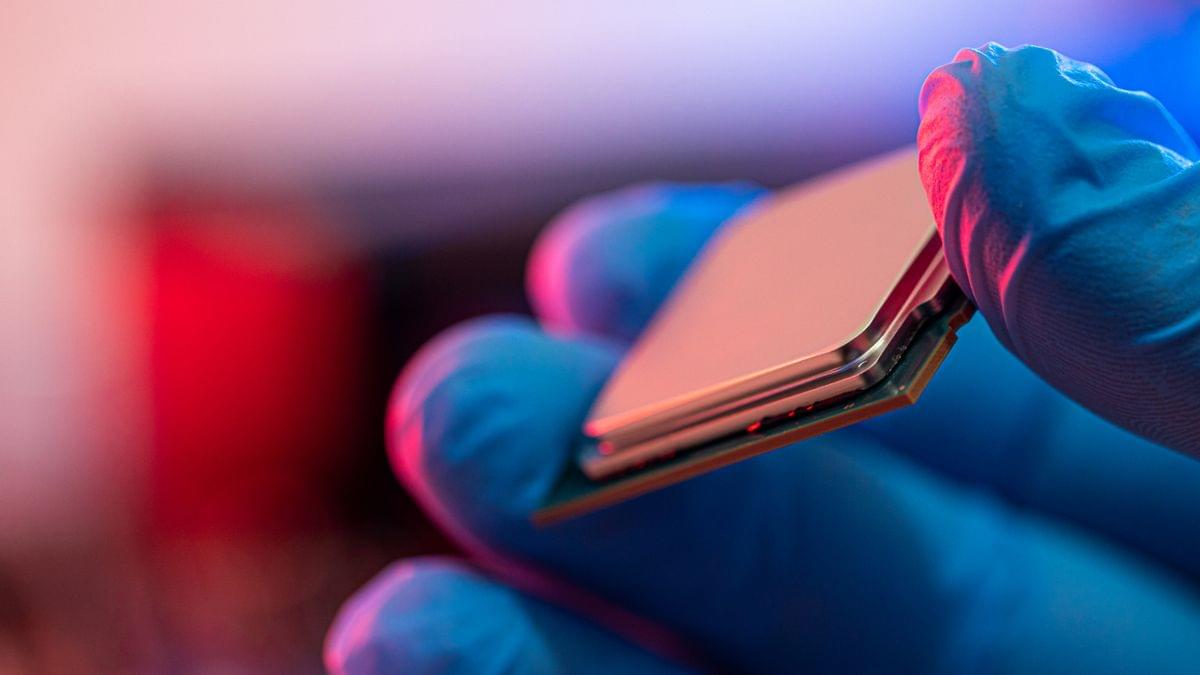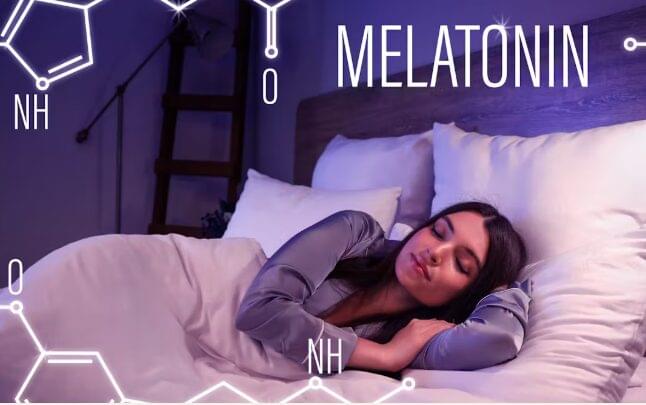Dr. Laura Aguilar, MD, Ph.D. is Chief Medical Officer at Diakonos Oncology ( https://www.diakonosoncology.com/ ), a clinical stage immuno-oncology company de…
Get the latest international news and world events from around the world.

Maxar launches GPS-alternative navigation system for drones
WASHINGTON — Maxar Intelligence developed a visual-based navigation technology that enables aerial drones to operate without relying on GPS, the company announced March 25.
The software, called Raptor, provides a terrain-based positioning system for drones in GPS-denied environments by leveraging detailed 3D models created from Maxar’s satellite imagery. Instead of using satellite signals, a drone equipped with Raptor compares its real-time camera feed with a pre-existing 3D terrain model to determine its position and orientation.
Peter Wilczynski, chief product officer at Maxar Intelligence, explained that the Raptor software has three main components. One is installed directly on the drone, enabling real-time position determination. Another application georegisters the drone’s video feed with Maxar’s 3D terrain data. A separate laptop-based application works alongside drone controllers, allowing operators to extract precise ground coordinates from aerial video feeds.


Accelerating the Future of Transportation with SES Powered Innovation for Electric Vehicles
Electric vehicles (EVs) are transforming transportation, but challenges such as cost, longevity, and range remain barriers to widespread adoption. At the heart of these challenges lies battery technology—specifically, the electrolyte, a critical component that enables energy storage and delivery. The electrolyte’s properties directly impact a battery’s charging speed, power output, stability, and safety.
To overcome these hurdles, researchers are turning to AI-driven approaches to accelerate the discovery of novel battery materials.
SES AI, a leader in battery innovation, is leveraging the cutting-edge NVIDIA hardware and software ecosystem to revolutionize materials discovery. By combining domain-adapted LLMs with an AI model and GPU-accelerated simulations in a single workflow, SES AI compresses decades of research into months and unlocks groundbreaking advancements in EV battery performance.
Scientists Say the Universe is ALIVE?
The universe is so similar to our brain that it could be conscious. In this video, we talk about how we might be just tiny echoes of a larger cosmic mind.
- Sources:
https://scienceexchange.caltech.edu/topics/quantum-science-e…tanglement.
https://link.springer.com/chapter/10.1007/978-3-642-20253-7_2
https://www.psychologytoday.com/us/blog/the-new-science-cons…sciousness.
Do atoms going through a double slit ‘know’ if they are being observed?
https://www.sciencealert.com/quantum-entanglement-has-now-be…opic-scale.
https://www.scientificamerican.com/article/is-consciousness-…universe1/
WATCH ANOTHER VIDEO: Are We Part of a Larger Cosmic Structure?
CHECK OUT OUR MERCH: https://www.cosmoknowledge.com.
You are welcome to support us so we can create more quality content:
https://www.buymeacoffee.com/cosmoknowledge.
Join this channel to get access to the perks:
https://www.youtube.com/channel/UCdgpfQ5snGKcP-eqoVXI0pw/join.
SUBSCRIBE ► https://goo.gl/PLLFPz.
This Technique Can Alter Your Consciousness—And Blur the Lines Between Your Physical Body and Surroundings
Here’s what the science says about how you can slip into this dreamlike, meditative state.



Theories and Engineering Possibilities for Time Travel
Time travel has long fascinated scientists and theorists, prompting questions about whether the future can send visitors into its own past and whether individuals could move forward in time in ways that bypass the normal flows of daily life. The general idea of time as a fourth dimension, comparable to spatial dimensions, gained traction when Hermann Minkowski famously stated that “space by itself, and time by itself, are doomed to fade away into mere shadows” (Minkowski, 1908, p. 75). This integrated view of spacetime underlies many physics-based theories of how a traveler might move along the temporal axis.
In relativity, closed timelike curves (CTCs) theoretically allow a path through spacetime that loops back to its origin in time. As Kip Thorne put it, “wormhole physics is at the very forefront of our understanding of the Universe” (Thorne, 1994, pp. 496–497). A wormhole with suitable geometry might permit travel from one point in time to another. However, such scenarios raise paradoxes. One common example is the “grandfather paradox,” which asks how a traveler could exist if they venture into the past and eliminate their own ancestor. David Deutsch offered one possible resolution by suggesting that “quantum mechanics may remove or soften the paradoxes conventionally associated with time travel” (Deutsch, 1991, p. 3198). His reasoning rests on the idea that quantum behavior might allow timelines to branch or otherwise circumvent contradictions.

Can melatonin supplements really ‘reverse’ DNA damage caused by lack of sleep?
Sleep isn’t just a luxury, it’s a vital process that helps our bodies repair and rejuvenate. Researchers have started to uncover how the quality and timing of sleep can affect more than just how rested we feel—it might also affect the very blueprint of our cells: our DNA.
A new study from Canada found that melatonin, a hormone known for its role in regulating sleep, might help reverse some of the DNA damage caused by years of poor sleep.
Melatonin is produced by the pineal gland in our brains when darkness falls. It signals to our bodies that it’s time to wind down and prepare for sleep. Beyond its sleep-inducing properties, melatonin is also a powerful antioxidant.